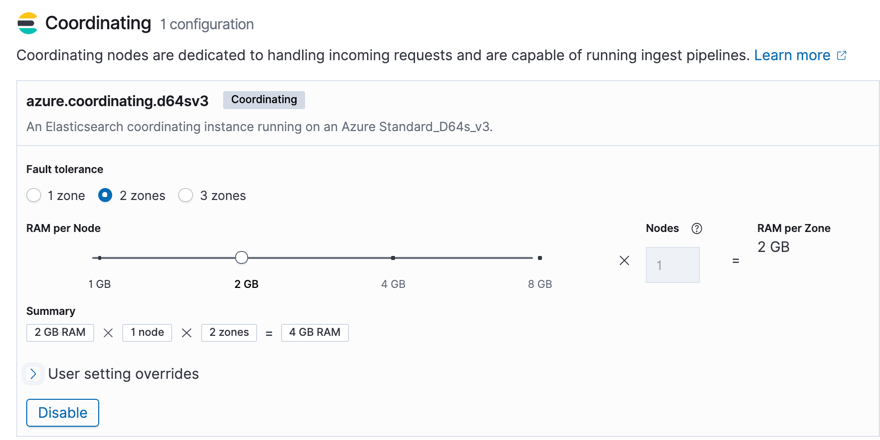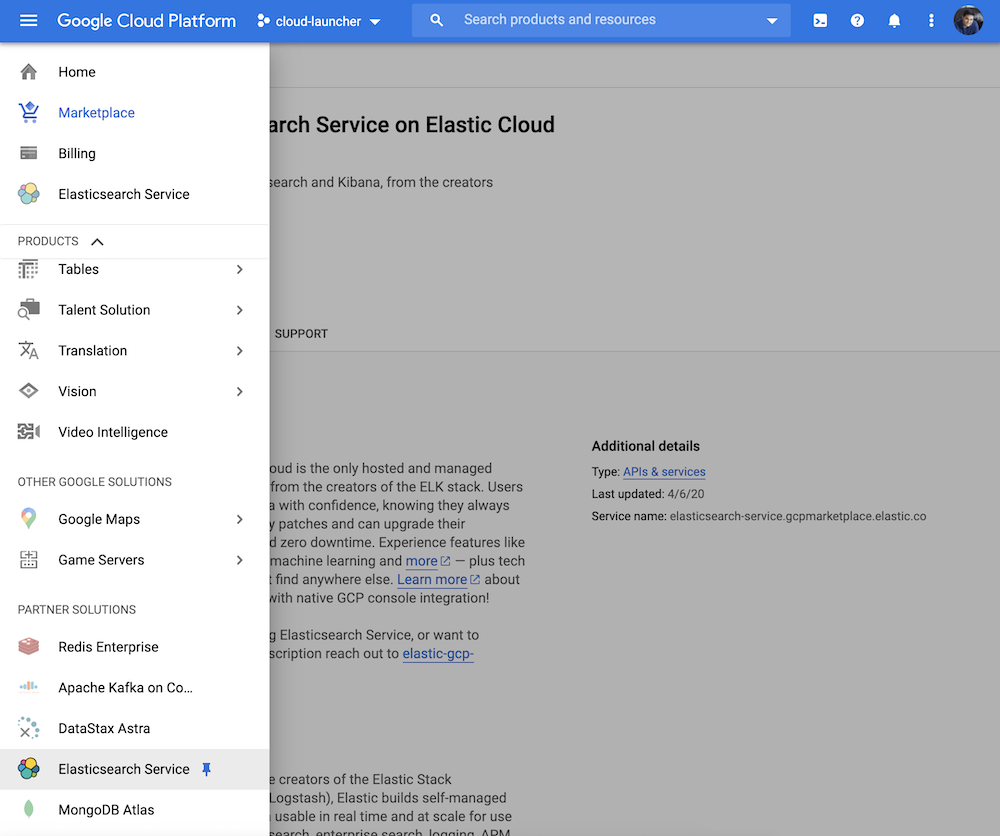Elastic Cloud roundup: API support, more regions, and new purchasing options
You can now benefit from even more features and functionality in Elastic Cloud. In case you missed it, we’ve added powerful tools to simplify and automate operations. We’ve added support for more regions. And we’ve even added new ways to pay for, and understand your bill for Elastic Cloud. With a cup of tea and five minutes, we’ll recap them for you.
Simpler operations with a new API and command-line interface (CLI)
You can now provision, scale, and manage your Elastic Cloud workloads using an API or CLI in addition to the Elastic Cloud console. These new tools allow you to programmatically interact with your deployment, which allows you to automate common tasks and workflows. The API enables new use cases like CI/CD pipeline integration, onboarding new teams and use cases, and programmatically scaling deployments.
In addition to integrating with the API directly, you can use the Elastic Cloud Control (ecctl) command-line interface that supports the Elasticsearch Service API. You can also use the cloud-sdk-go or generate an SDK in another programming language. For added security, store your API keys and credentials in the built-in Elasticsearch keystore.
You can now take advantage of improved performance and scalability with the introduction of a dedicated coordinating node. This node can be configured to handle both ingest pipelines and coordination of search requests. This gives you the architectural flexibility to save costs by scaling for ingest and search coordination independently from the rest of the cluster.

Snapshot lifecycle management (SLM) enables you to backup your Elasticsearch indices and clusters using data and state snapshots. Snapshots are important because they provide a copy of your data in case something goes wrong. If you need to roll back to an older version of your data, you can restore a snapshot from the repository. Elastic Cloud now supports Elastic Stack SLM right in the console user interface.
Taking care of business
The Elasticsearch Service is now easier to find in the Google Cloud Console. Simply scroll down to the Partner Solutions section of the left navigation. From there you can now purchase Elasticsearch Service monthly Gold and Platinum subscriptions as well as Standard, Gold, and Platinum annual subscriptions through the Google Cloud Marketplace. Your Elastic Cloud usage charges will show up on your Google Cloud bill, and these charges count towards satisfying Google Cloud spending commitments you may have made.

We’ve made it easier than ever to do business with Elastic in our console as well. We’ve introduced a number of new features to help you predict, understand, and manage your usage charges on Elastic Cloud. We now show you pricing for memory and storage separately for each instance configuration. Separating these items out makes it easier for you to see the value a hot-warm architecture provides.
We’ve also enhanced the billing details page within the cloud console to improve your payment and account management experience:
- A step-by-step process for entering billing details
- Clear indication of required fields
- No re-entering billing information when making other updates
- Display of your current subscription level and payment type (for PO users)
- Display of account closing instructions
More deployment options
We’ve added support for Elastic Cloud in 11 more regions across Amazon Web Services, Google Cloud, and Microsoft Azure for a total of 35 regions. For US state or local government entities — as well as educational institutions — you can deploy on AWS GovCloud (US) in beta, and we have achieved FedRAMP "In Process" certification.
In addition to more region support and new features for our managed service offering, we’ve added new features to Elastic Cloud Enterprise (ECE) and Elastic Cloud on Kubernetes (ECK), our self-managed offerings. These enhancements make deploying to physical infrastructure, virtual machines (VMs), or containers even smoother.
ECE and ECK product releases happen shortly after a new Elastic Cloud release, mirroring the new features released in Elastic Cloud. ECE 2.5, like Elastic Cloud, now supports snapshot lifecycle management, a dedicated coordinating layer, and more. ECK 1.1 enhances cross-cluster support and delivers declarative management of users and roles.
Log in to the Elastic Cloud console or sign up for a free 14-day trial to get started with all the latest enhancements. You can also learn more by visiting our documentation.